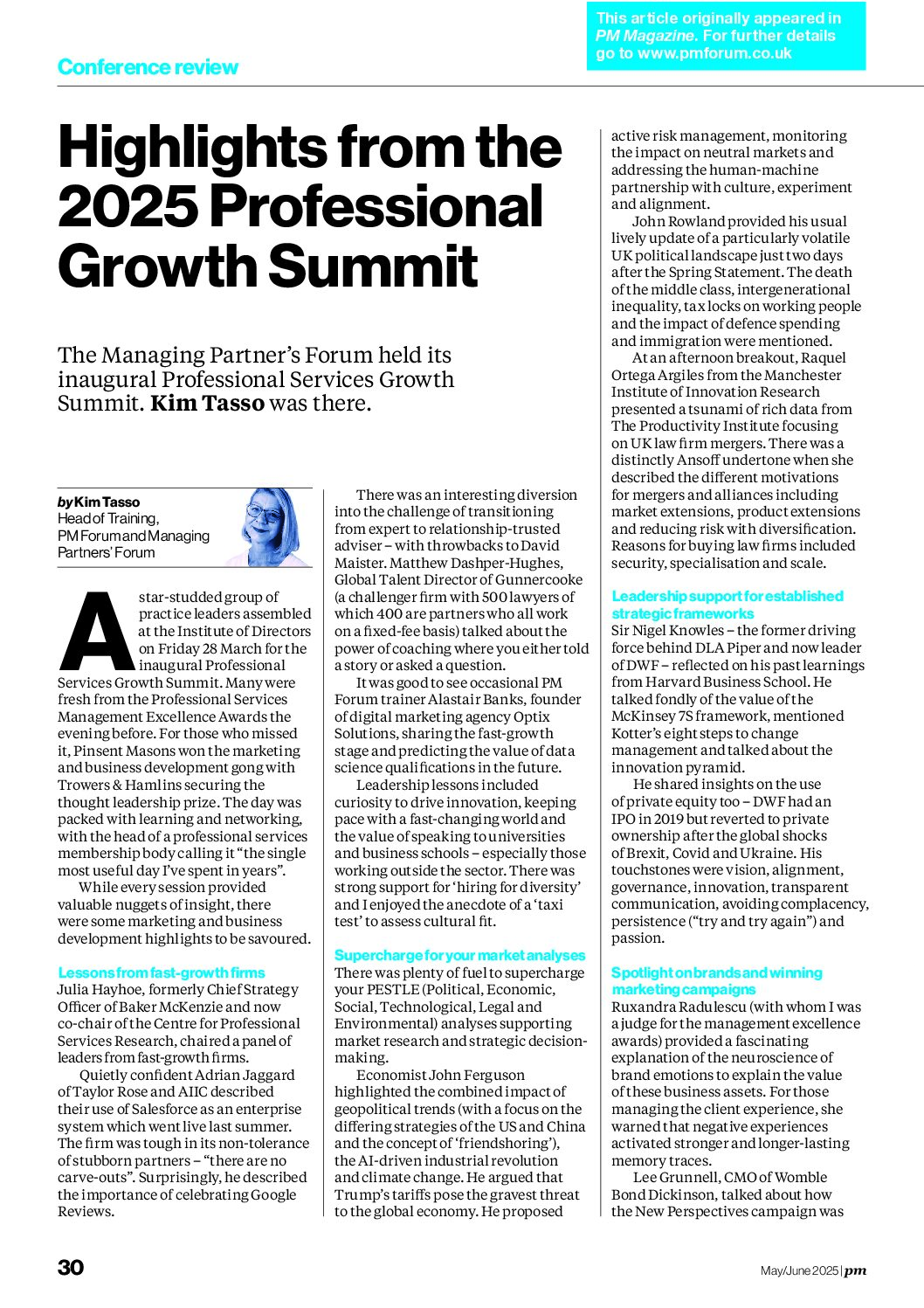As part of my research into what’s happening (and, more importantly, what’s likely to be happening) in the fast moving world of property and real estate marketing, I spoke to Adam Tinworth, a former features editor at Estates Gazette and now a lecturer in digital journalism and a digital strategist in the publishing industry. http://www.onemanandhisblog.com/
Trends
“Digital agitation and the rise of mobile are significant trends. Recent research shows that during the average day the peaks for mobile and tablet use are up until 10am, there is a peak for desktop use between 6pm and 8pm and then a further early evening spike for mobile. You need to address all types of use and the different types of content consumption they drive”.
The challenge of on-line communities
“Creating a new on-line community is really hard. There has to be a compelling reason for someone to join. There’s lots of good advice on http://www.feverbee.com/ for community managers. But be aware that for every 100 people in a community, only nine with engage and only one will be a regular participant – so you need a pretty large community to get any activity at all. The more barriers you create to joining, the harder it is to create a critical mass”.
I was reminded of the social technographic segmentation produced a while back by Forrester Research that showed compositions such as: 19% Creators, 25% Critics and 12% Collectors and even: 25% Joiners, 48% Spectators and 44% Inactives.
“There are compliance issues in some industries that stop public communities growing and the need to moderate content is important. Many commercially operated on-line communities have a policy that they do not moderate at all – and this can deter users and participation if a few members are particularly dominant. Alternatively, some have policies that all off-topic comments can be deleted, and you have permission to deal with the worst offenders – but then there is a high time investment in reviewing all the material and deleting inappropriate and spamming posts. That’s part of the price of entry, though. If you don’t do it, you can quickly develop a toxic community that’s a bigger problem. Some users feel “rewarded” when a journalist responds so this can make it tricky dealing with negative or difficult posts if you want to avoid some discussions from escalating.”
Property industry’s content goldmine
The property industry has a huge amount of valuable content – about particular regions and localities, specialist markets, real estate trends and investment opportunities. Most of the larger property businesses have substantial research departments churning out regular monitors and major reports. I asked Adam why he thought they hadn’t made better use of this material to create communities and use the content to drive traffic and engagement.
“I guess there needs to be a clear business reason to share information and the property industry has a culture of knowledge hoarding. Agents are highly protective of their information and they have a business model based on long standing close personal relationships with each other and clients. I have observed that online communities work best when they are not in a regulated environment, there’s mutual benefit in sharing information and where there is a degree of isolation – for example, physically disparate farmers or specialist residential purchasers. Segmentation remains a challenge in the property sector so this may be part of the reason”.
Stock and flow of content
“People need to stop thinking in a print way – where the content is published in a static way and has a limited shelf life. Using the stock and flow model (note: I have referred to this previously in blogs as the capital and currency model) you can consider 80% of the information to be archived and 20% news. Yet the huge value of much of archived background material can be kept alive by regular updating so that the back story and deep dive information is easily available when a related new topic emerges. Good curation is important here.
Organisations can position themselves as the authority in these areas and – partially because of the freshness element in Google’s search algorithm – attract high and sustain regular traffic through maintaining existing content – even if they aren’t on the cutting edge of the news. This “explainer journalism” has a huge potential”.
I was reminded at this point of encouraging – several years ago – a major firm of commercial property agents to invest the significant time to prepare a simple “how to invest in commercial property” where all the key terms were explained and various case studies explored. With another firm we spent ages preparing a comprehensive guide to buying new build properties. Perhaps I should give them a call to prompt a digital version?
The need to join the social media conversation
“The property industry has been reluctant to engage in social media. Yet even where firms decided not to participate it can still cause problems. There was an interesting situation towards the end of 2013 where Knight Frank declined to engage in a complaint about property advice from the owner of home gardening supplier who then hijacked their hashtag. The resulting negative tweets reached over two million users and did considerable harm to the property firm’s reputation http://www.nevillehobson.com/2013/10/23/dont-ignore-social-voices-knight-frank-lostmygiggle/”
Watch out for further interviews with property marketing leaders. And get in touch if you have something to share that challenges conventional thinking in property marketing. These and other ideas will form part of my session at the EG Conference Marketing Summit on 26th June 2014 http://www.estatesgazetteevents.com/marketingsummit2014









